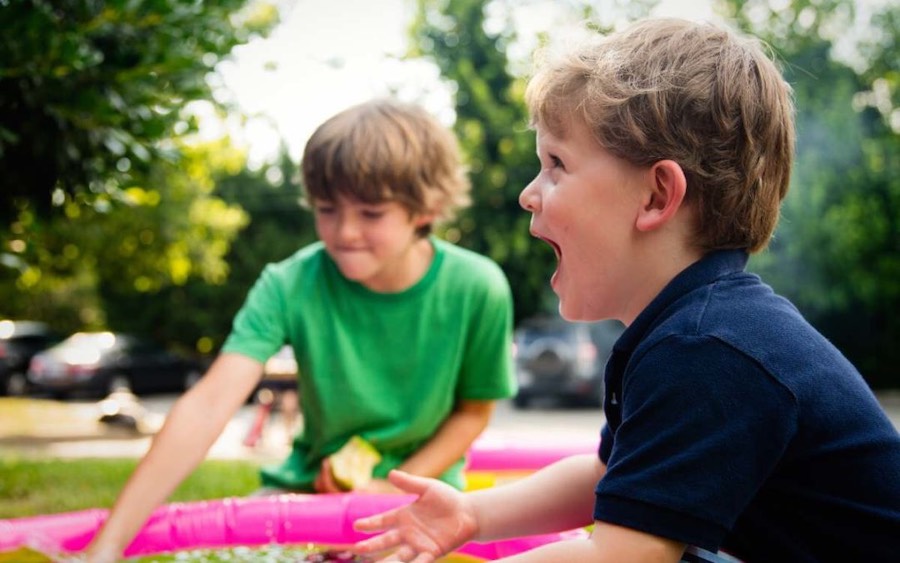
7 Ways to Combat Childhood Obesity
In order to fight the growing epidemic of childhood obesity, we must define it. Obesity in children and adults is a measurement linked to body mass index (BMI). An overweight child or teen has a BMI at or above the 85th percentile and below the 95th percentile for children and teens of the same age and sex. An obese child or teen has a BMI at or above the 95th percentile. After you know where your child falls on the BMI scale, you will be better informed.
BMI
Often physical education teachers talk about BMI in their classes, but how can you calculate your child’s BMI? The Centers for Disease Control and Prevention offer a handy BMI calculator that takes just a few seconds to complete. After you have calculated your child’s BMI, the calculator will also let you in which percentile your child may fall.
According to a 2016 study conducted using the National Health and Nutrition Examination Survey, researchers found that “the prevalence of obesity in US children and adolescents aged 2 to 19 years from 2011-2014 was 17.0%.”
COMBAT CHILD OBESITY
If your child falls in the overweight or obese categories, there are many things you can do to help them find their way to a healthier weight. Here are a few suggestions.
- Set a positive example. Be a healthy role model for the children in your life. Follow the guidelines you set for your children, and explain to your children when you don’t.
- Reduce sedentary screen time. Use the Family Media Plan Tool to set guidelines for media use for school-age children.
- Serve healthy meals. Use the Food Guide Pyramid from the USDA to help you prepare healthy meals for a balanced diet. The USDA also provides helpful information about foods that have unnecessary added sugars. Our bodies naturally convert carbs into sugars, so we don’t need a lot more than that.
- Provide plenty of water. We need water to survive, and water is a great way to flush out toxins and help your body digest food and function better in general. Depending on a child’s age, they should aim to drink 5-10 glasses of water a day.
- Limit consumption of sugar-filled drinks. Children may like to substitute water for sugary drinks such as sports drinks or soda. Those drinks are OK once in a while, but they contain a ton of sugar, which contributes to weight gain.
- Provide fruits and vegetables as snacks. Apples, berries, bananas, grapes, carrots, celery, etc., are all great between-meal snacks for active children.
- Encourage active play. Active play comes in many forms. Support organized sports, PE, and integrating movement into the school day.
At Walkabouts, we work to provide movement opportunities in the classroom to help children get the exercise they need without losing classroom time. Interested in learning more? Contact us todays





